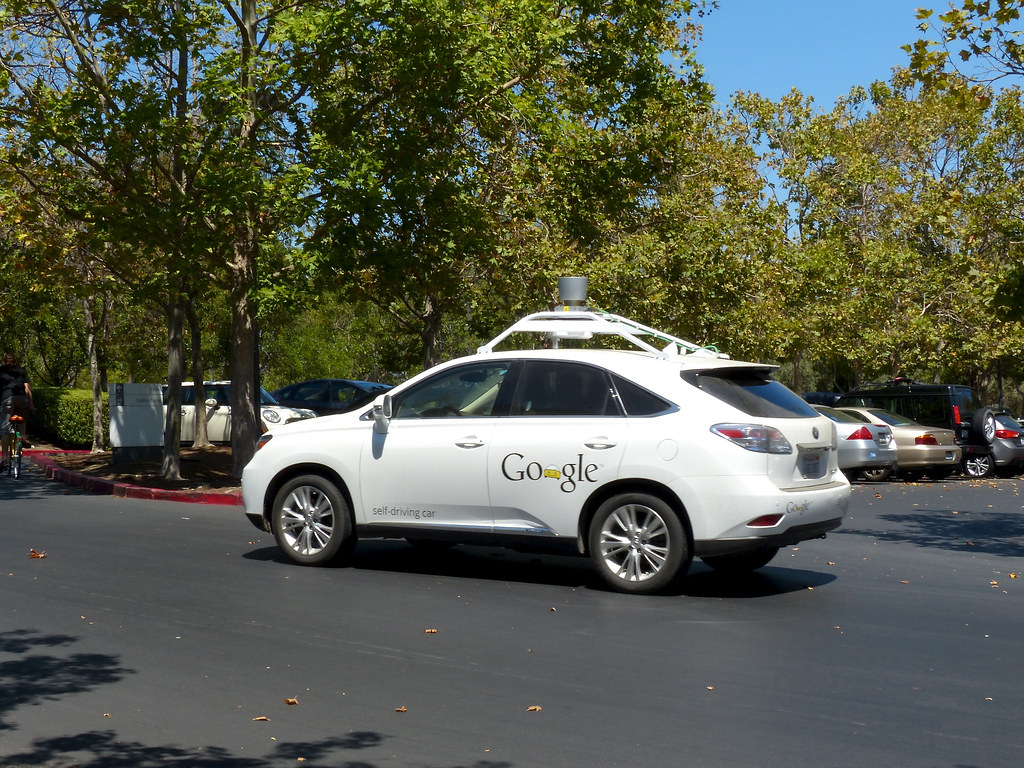A self-driving car is pretty self explanatory. A car that drives itself with very minimal human input. However there are some issues. Some of the current problems when it comes to a self-driving car are quite, well, problematic.
One of these issues is pretty serious. For Instance, The Obstacle sensors. According to Olivia Solon from The Guardian “Tesla’s autopilot uses both cameras and radar to detect and avoid obstacles, so in this case we know there must have been a double failure. The cameras struggled with the glare from the sun, while the radar — according to Musk — “tunes out what looks like an overhead road sign to avoid false braking events”” That is quite concerning knowing that your safety relies on the sensor of the car to properly detect an obstacle in front of it. Another one of the issues with Self-Driving cars is the ethics of the choices the vehicle has to make. In a part of an article that touches on the ethics of a self driving car, Samuel Gibbs from The Guardian had this to say: “Unlike a human who reacts instinctively in an emergency, an autonomous car will have to calculate and choose the appropriate response to each scenario, including possibly a choice between killing its occupants or other people.” A human would be able to react quickly to stop before the choice of lives taken has to be considered. But a self driving car has to calculate what the best case scenario would be if it were to collide or stop and react accordingly.
Now you may be asking, how is this technology being used today? While there is no fully autonomus cars available to consumers as of right now, there are some semi-autonomous cars on the market like the Tesla Model S. In the same article written by Samuel Gibbs he details some of the vehicles with semi-autonomous capabilities. “No purely autonomous vehicles are available at present, but several with self-driving features are currently on our roads. Tesla’s Model S has an advanced cruise control feature called Autopilot, which uses cameras and radar to detect the car’s position in lane, the proximity of other cars and the speed limit. It can control the car’s speed and steering to keep it in the middle of the lane, reacting to other cars and changing lanes on command. Volvo’s latest XC90 includes a raft of autonomous driving features, including lane assist, adaptive cruise control and a suite of automatic emergency systems that stop the car from pulling into oncoming traffic or from rear-ending cars.” This example illustrates that while the technology may be far from perfection, its safe enough as of now to be used in some vehicles.
Once again in the same article written by Samuel Gibbs, we learn when we might just get our hands on fully autonomus vehicles.”Many experts believe that full adoption of autonomous vehicles won’t happen until 2030, but some vehicles with self-driving capabilities are expected by 2020. Whether they are legal to drive everywhere or to drive without an occupant — to pick up a passenger or park themselves — remains to be seen.” In the near future we might not have a need to drive ourselves, with cars doing the driving for us.
“Google Self-Driving Car” by *rboed* is licensed under CC BY 2.0.












